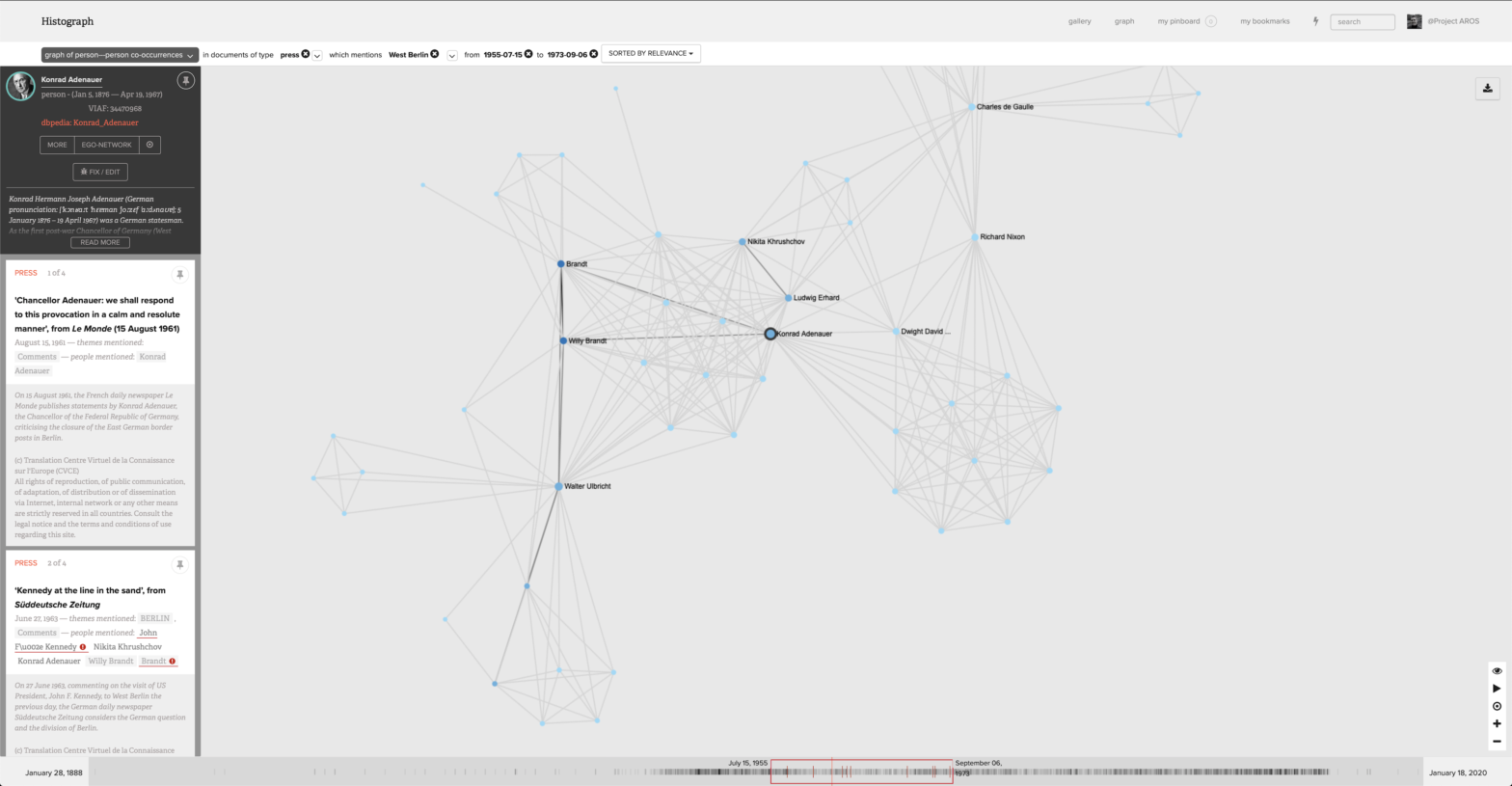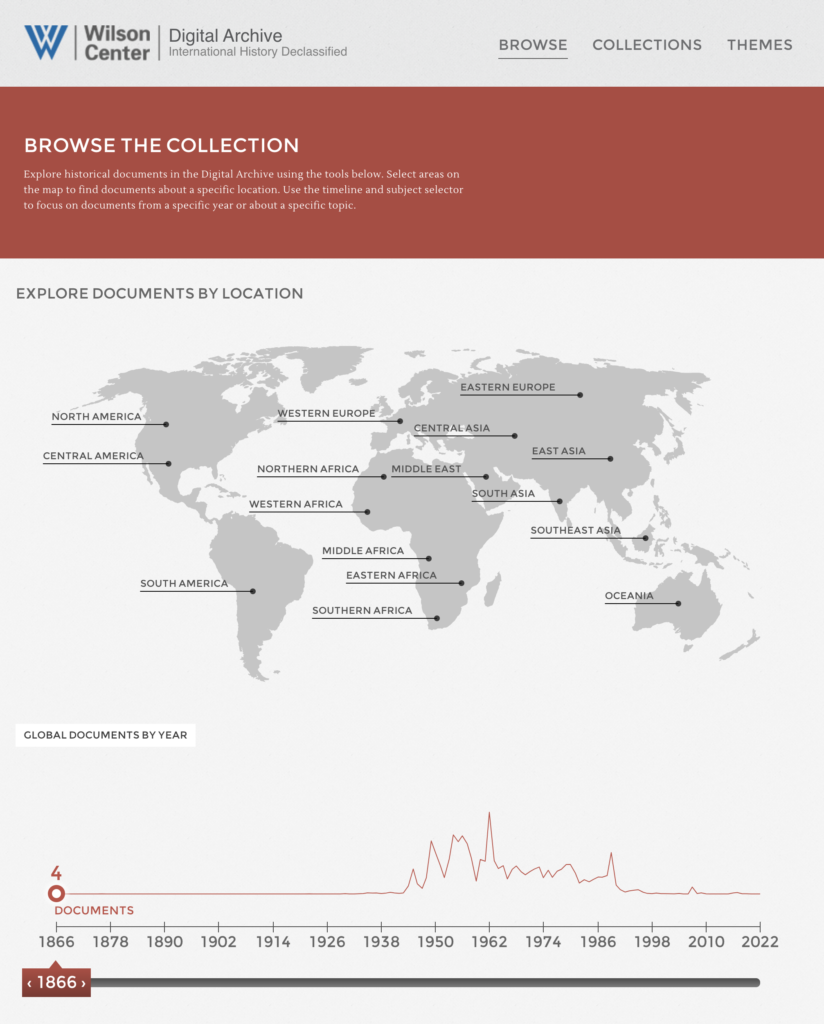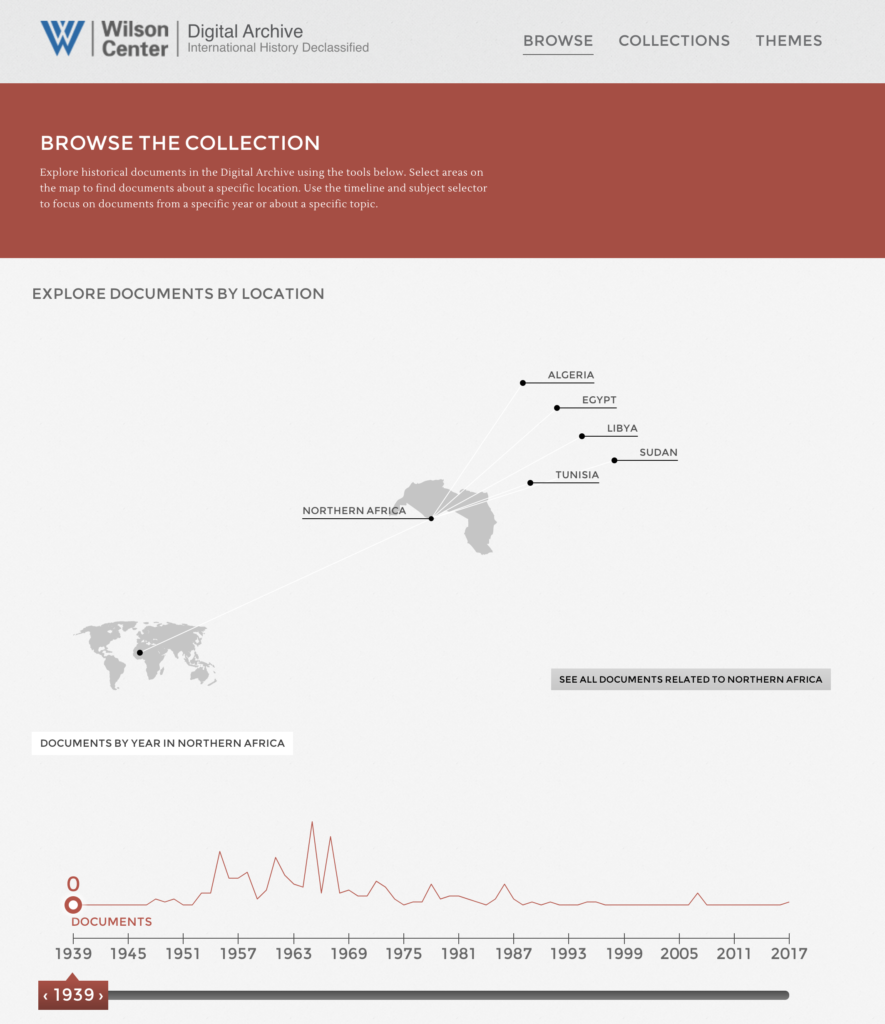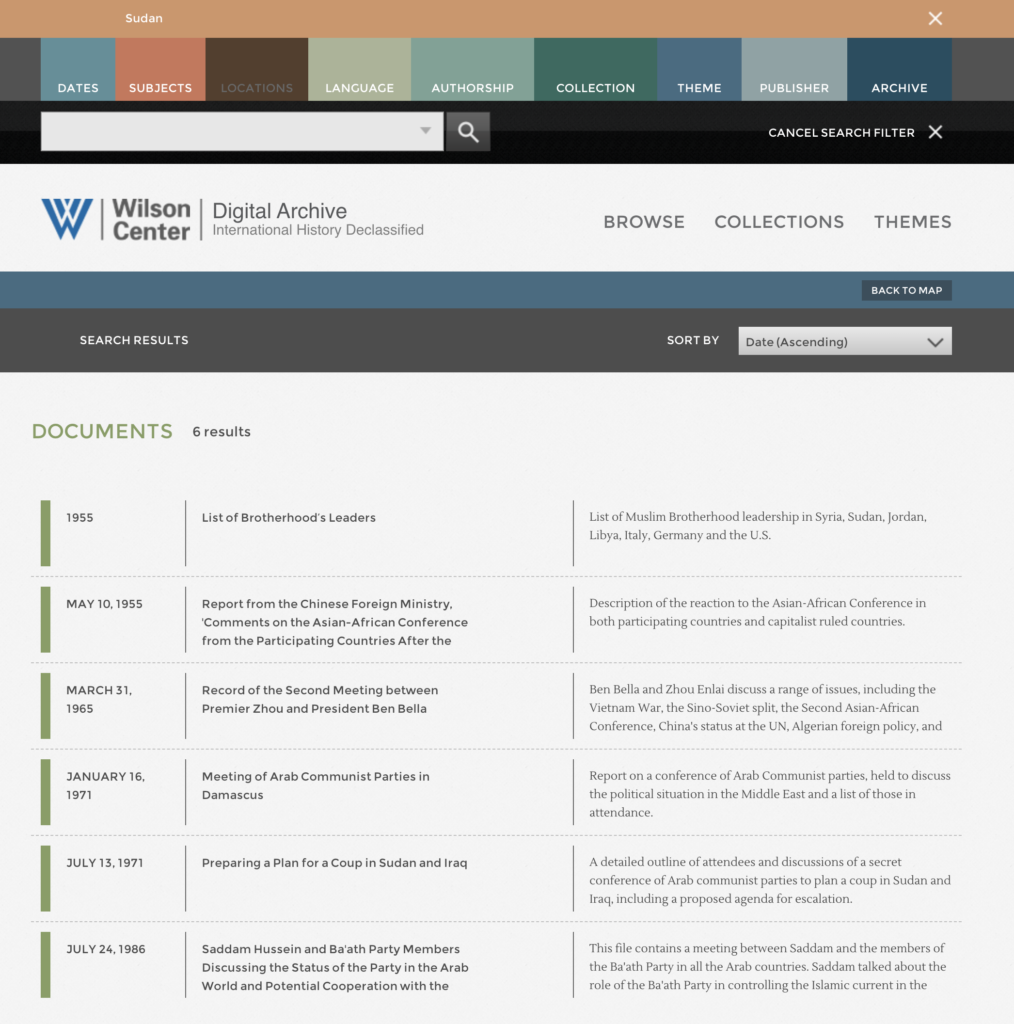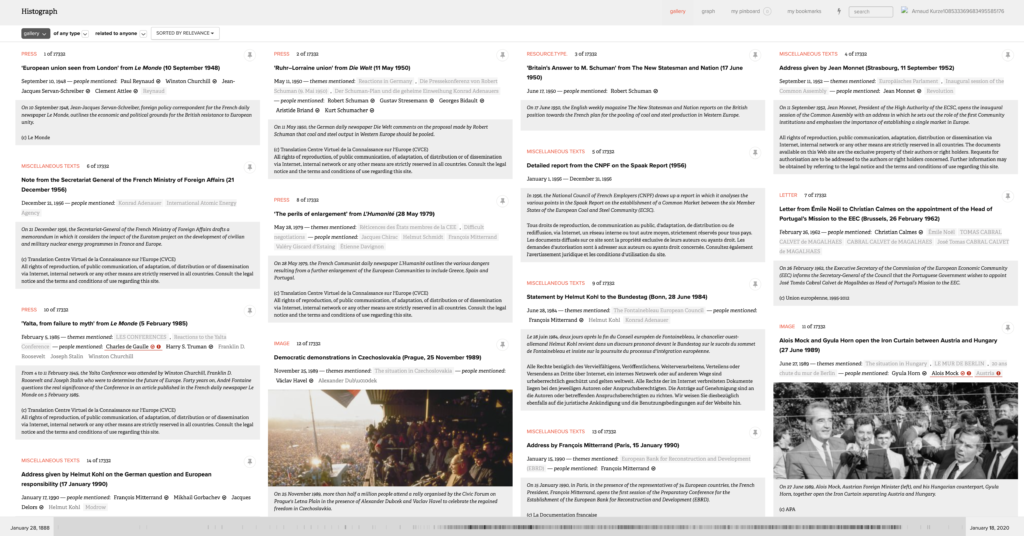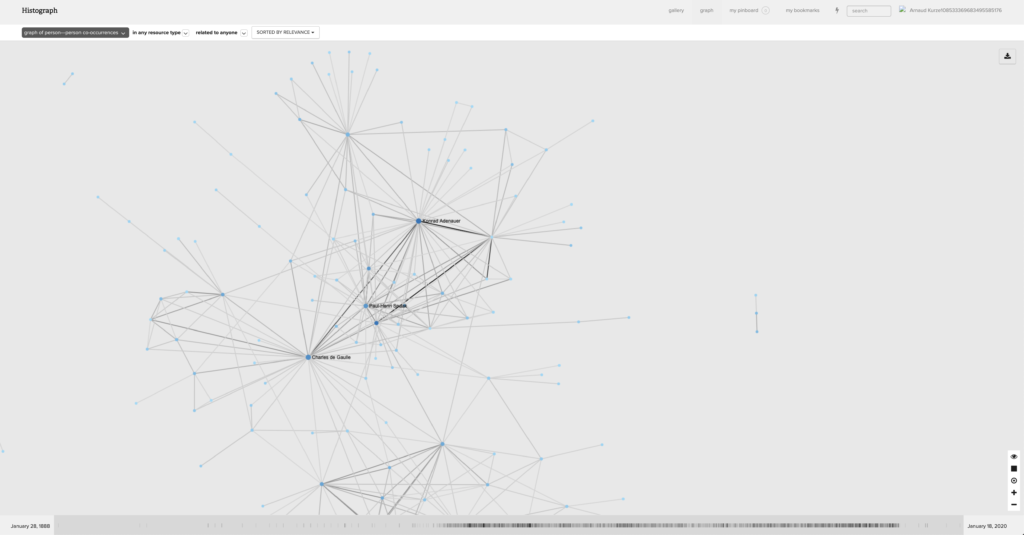Building on powerful digital analysis tools, such as histograph, this project aims to reveal the manifold relations between digital collections of texts, images, audio and video documents.
Overview
Mapping historical events and contextualizing them is often a challenging task, particularly when facing a large number of archival documents. While technology will not replace the valuable work of researchers and scholars, it nonetheless has the potential to help and facilitate the quest for knowledge and for better understanding our past.
Understanding our past requires us to explore the content of historical documents and artifacts, notably if living sources, such as individuals or institutions, are no longer available for research purposes. These documents contain layers of information, ranging from relationship between key actors, but also insights on ideas, concepts and broader theoretical knowledge that is sometimes hidden in plain sight. Making sense of these different layers and links between different entities is crucial to capturing historical turning points and explaining complex issues to a wider audience, including decision-makers, scholars and society at large.
This multi-disciplinary, international project draws on powerful digital analysis tools based on an open source platform called histograph, which supports research on large data sets of multimedia files. The software is capable of linking automatic annotation to the collaborative work of crowds, such as research collaborations, and uses graphs to display relations between documents. It combines tools for the automatic detection of named entities, such as people, places, institutions and dates and was created by an earlier European Union-funded research project CUbRIK find new pathways for the combination of human and machine computation in multimedia search.
What's New?
The new platform will render the Wilson Center’s Digital Archive more dynamic, allowing researchers and the public to access the collections more intuitively and cohesively by letting visitors explore a variety of relationships in the available online data. How exactly does it work? Let’s first look at the present Digital Archive functionality. Currently, the database only allows visitors to browse different collections across time, across a variety of geographic locations and by key search terms. Unfortunately, it is not possible to analyze and assess the data more dynamically based on different relationships between keywords or concepts, individuals and locations.
The histograph platform will make this possible.
How to access the current Digital Archive
Here is a quick overview of how to navigate the existing archive. Click on any image below to get a brief description of how to browse the current collection and understand how to access document sets. You may also access the Center’s collection directly, browsing the collection freely.
The Exploratory Power of histograph
While the gallery view allows the user to browse the document selections easily with basic information, such as source, keywords and other summary information, the graph view allows the user to explore relationships between different contents contained in the documents.
How does histograph work?
The exploratory power of the platform is available in an early version of histograph, which maps documents related to the European Union integration process. It also provides a tutorial for new users. For the current project, we have created a short video that highlights the exploratory power of the updated version of histograph.
If you would like to see the tool in action, we encourage you to test the demo version of the early version of histograph.
You may use your own login credentials or, alternatively, you may use the pilot test account (twitter) with the following details:
Username: arosproject
Password: WashingtonDC2019
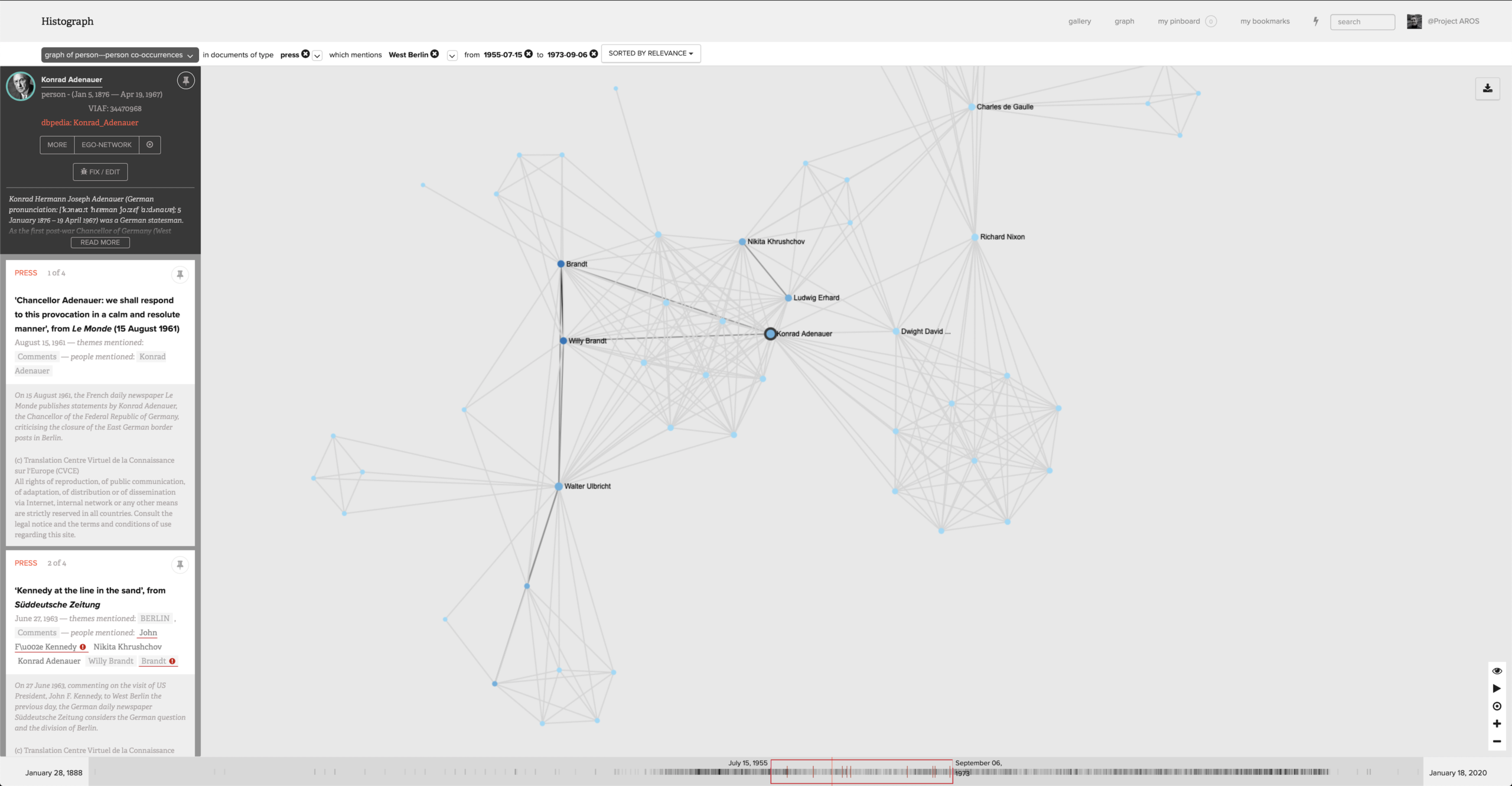
WHAT IS HISTOGRAPH
PILOT DEMO VIDEO
